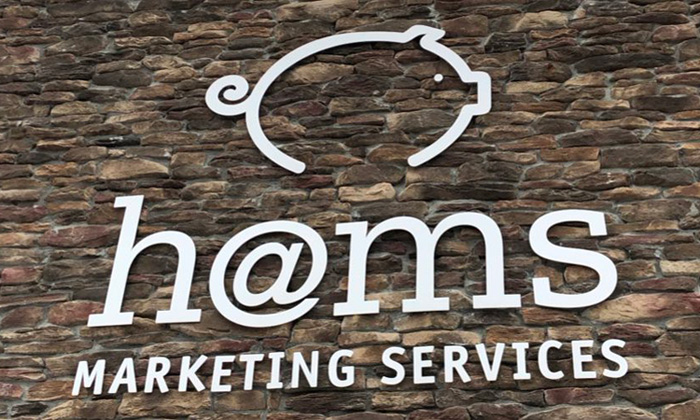The Director of Risk Management with HAMS Marketing Services says the impact of the global pandemic on pork processing capacity is one of the biggest factors driving hog markets.
In late 2021 slaughter hog production dropped, resulting in a decline in hog numbers and triggering a significant reduction of pork stocks, stimulating higher pork cut-out values.
Tyler Fulton, the Director of Risk Management with HAMS Marketing Services, says while that short supply is expected to continue, the global pandemic continues to influence the hog market.
From a short-term perspective, what we’re seeing is hog processing facilities dialing back their production levels simply because they’ve struggled to maintain a full labor force in the context of the Omicron variant. We’re seeing it fairly widespread, whether it be in the United States, in the Midwest where there’s a ton of packing plants but also here in western Canada where, after the holidays, we’ve really seen things kind of dialed back.
It hasn’t run into any major disruptions but we’re going to have to move through and learn to work with these constraints if we’re gong to continue to be current with hog supplies. That’s kind of what’s happening on a short-term perspective. Longer term, what we saw from the Hogs and Pigs Report was a general lack of any growth in market hog supplies for at least the next four months.
Looking further out the breeding herd is expected to increase and that will result likely in larger market hog volumes, as long as we can deal with the disease disruptions that have plagued the industry over the last year or so.
~ Tyler Fulton, HAMS Marketing Services
Fulton says these relatively tight supplies could result in continued support for pork cut-out values which will increase hog values.




